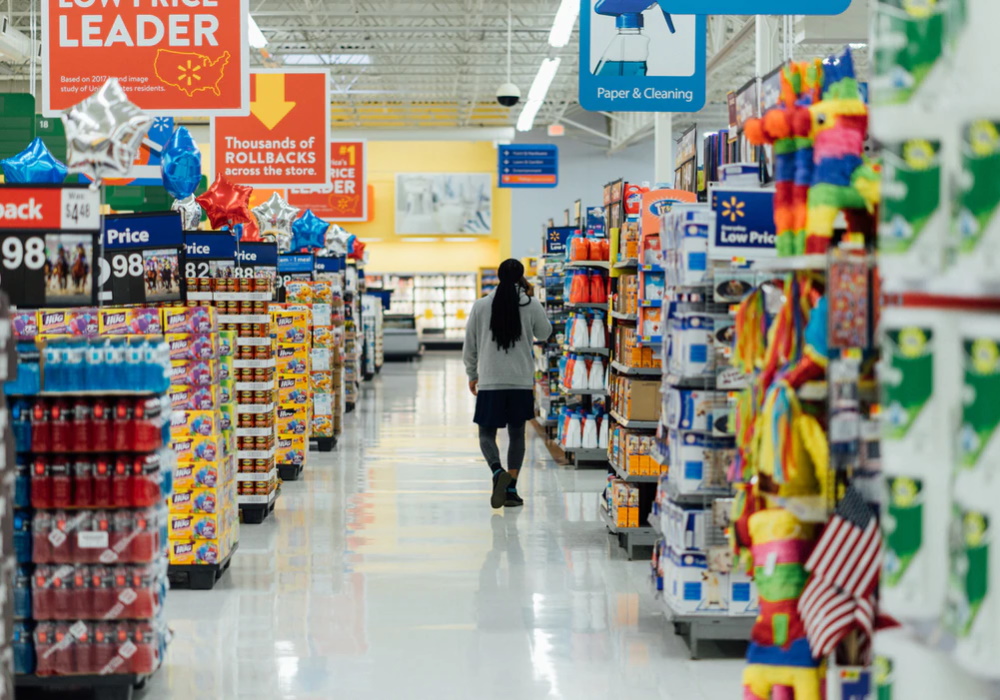Fast-moving consumer goods (FMCG) brands, which tend to still rely heavily on linear TV advertising, are beginning to follow audiences to digital channels, according to the latest insights from Zenith.
The ‘Business Intelligence – FMCG Food and Drink’ report found that FMCG spend 39% of their budgets on TV, compared to 24% for the average brand. And, if you are to exclude China, that percentage of spending rises to 52%.
Chinese FMCG brands are already spending 71% of their budgets on digital advertising, as of 2020. 35% of these brands total budgets were spent on online video and 13% on ecommerce advertising.
“Ecommerce will be the key battleground for FMCG brand growth over the coming years,” said Jonathan Barnard, Head of Forecasting at Zenith. “Western brands should look to China for best practice in using digital communication to drive FMCG ecommerce sales.”
However, as traditional TV reach continues to decline, Zenith predicts that FMCG brands in other nations will start to close the digital ad spend gap. Across global FMCG, digital expenditure is expected to increase from £9.6bn last year to £11.6bn in 2023, with market share rising from 46% to 49%.
Within this, food and drink brands are set to increase their ad expenditure on digital channels by 7% a year through to 2023, outpacing the 4% annual growth forecast for FMCG ad spend as a whole.
The Publicis agency attributes this shift to the need for brands to support and expand their ecommerce capabilities. However, brands will have to find ways to cope with reduced scale, the rise of subscription video-on-demand (SVOD), and the ‘death of the cookie’ when trying to reach consumers.
“FMCG brands need a new comprehensive approach to reach-based planning,” said Ben Lukawski, Global Chief Strategy Officer at Zenith. “That means combining TV, paid advertising in online video, virtual placement in SVOD platforms and perhaps even a presence in gaming, using first-party and second-party data to prevent duplication and optimise incremental reach.”
In 2020, FMCG advertising suffered greatly, falling by 10.7% to £20.8bn – a sharper decline than the overall ad market. For these brands, however, the pull back was mostly because they had to invest more in ramping up their production and distribution as demand for their products increased during lockdowns.
Zenith expects to see 4.4% annual growth in overall FMCG ad spend between 2020 and 2023, reaching £23.6bn in 2023. This year, FMCG ad spend will begin to bounce back, but is expected to still be 6% below the levels we saw in 2019.
Over the next three years, India is forecast to be the fastest-growing market, expanding its FMCG ad spend by 14% a year.
“During the recovery period, advertising will need to deliver rapid returns but also show it can be trusted as a reliable growth channel,” said Richard Kirk, Zenith UK’s Chief Strategy Officer. “Many marketers are cognisant of the advertising spend to sales relationship for their business, but few examine the variance (risk) in this relationship. This variance ought to be taken into account but rarely is – especially in digital channels where it is highest. The marketers that will succeed in this recovery will be those who can clearly articulate these two forces to their board-level colleagues in order to secure the additional investment required to win.”












